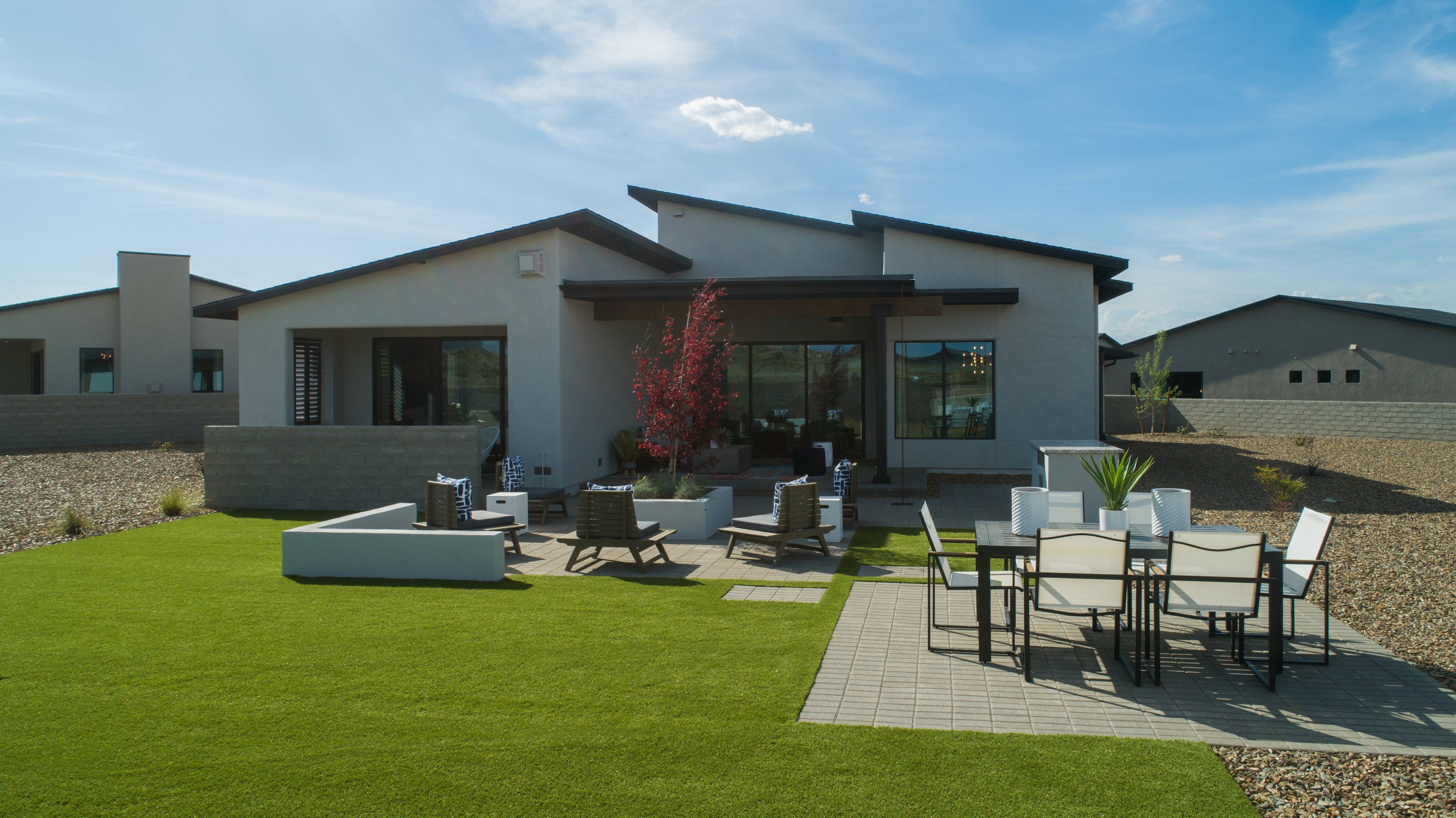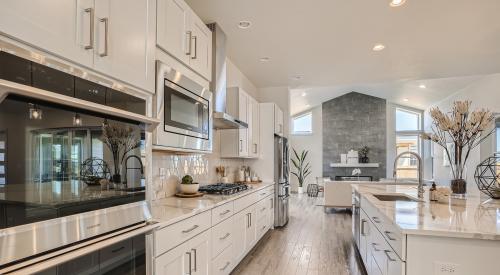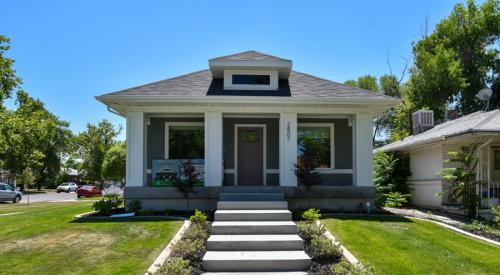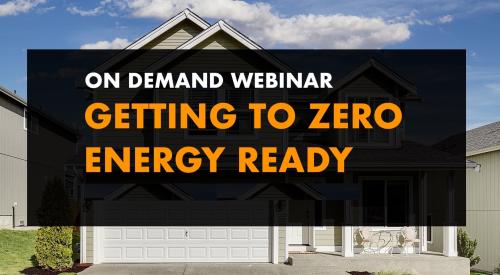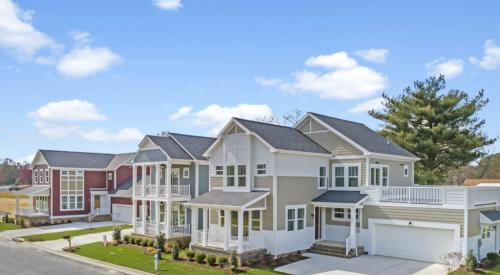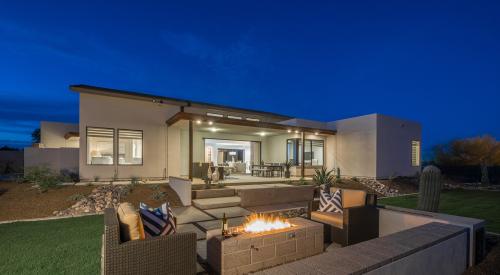Based on the latest numbers from Team Zero, the number of net zero housing units in the U.S. and Canada that were completed, under construction, or in design grew to 27,965 in 2019-2020, an increase of 26% compared to 2018. Net zero buildings are energy efficient structures that produce as much renewable energy as they use, leaving homeowners and residents with extremely low utility bills.
The biggest share of the increase came from the multifamily sector, where the number of U.S. net zero housing units rose by 41% to 17,876 based on Team Zero data. But the number of zero energy houses also increased, inching up 9.4% to 6,671 single-family homes.
(Team Zero, formerly known as the Net Zero Energy Coalition, is a nonprofit organization that encourages consumers, builders, and developers to build sustainable single-family and multifamily homes.)
The most likely states for these net zero properties to be located? The same places that took the top spots for net zero housing activity in 2018: California, New York, and Arizona. In terms of cities, the top 5 included New York City, followed by Davis, Calif.; Denver; Richmond, Va.; and Honolulu.
In terms of energy, 69% of these net zero units (single-family and multifamily) were all-electric, a decision that requires an all-electric kitchen and leads to better indoor air quality, according to researchers. Just fewer than one-fourth (23%) used both electric and natural gas.
For renewables, solar is the winner, with 96% of units including photovoltaic panels. As electric vehicles also gain in popularity, though, builders and developers are adding features such as electric vehicle charging; 22% of units had this feature. Batteries are another feature that builders are experimenting with, according to the data; 8% of the housing units in the inventory reported including a battery. Just a sliver (4%) have solar panels, vehicle charging, and batteries.


